- Home
- Directory
- Shop
- Underwater Cameras - Photographic Accessories
- Smartphone Housings
- Sea Scooters
- Hookah Dive Systems
- Underwater Metal Detectors
- Dive Gear
- Dive Accessories
- Diving DVD & Blu-Ray Discs
- Diving Books
- Underwater Drones
- Drones
- Subscriptions - Magazines
- Protective Cases
- Corrective Lenses
- Dive Wear
- Underwater Membership
- Assistive Technology - NDIS
- On Sale
- Underwater Gift Cards
- Underwater Art
- Power Stations
- Underwater Bargain Bin
- Brands
- 10bar
- AirBuddy
- Akona
- AOI
- Apollo
- AquaTech
- Atomic Aquatics
- aunoc
- AxisGo
- Backscatter Underwater Video and Photo
- BLU3
- Buddy-Watcher
- Cayago
- Chasing
- Cinebags
- Contour
- Deepblue
- Devilite
- Digipower
- DJI
- Dyron
- Edge Smart Drive
- Eneloop
- Energizer
- Exotech Innovations
- Fantasea
- FiiK Elektric Skateboards
- Garmin
- Geneinno
- GoPro
- Hagul
- Hoverstar
- Hydro Sapiens
- Hydrotac
- Ikelite
- Indigo Industries
- Inon
- Insta360
- Intova
- Isotta Housings
- Jobe
- JOBY
- Kraken Sports
- LEFEET
- Marelux
- Mirage Dive
- Nautica Seascooters
- Nautilus Lifeline
- NautiSmart
- Nocturnal Lights
- Nokta Makro
- Ocean Guardian
- Oceanic
- Olympus
- OM System
- Overboard
- Paralenz
- PowerDive
- QYSEA
- Ratio Dive Computers
- Scubajet
- Scubalamp
- Sea & Sea
- SeaDoo Seascooter
- SeaLife
- Seashell
- Seavu
- Shark Shield
- Sherwood Scuba
- Spare Air
- StickTite
- StormCase
- Sublue
- Suunto
- SwellPro
- T-HOUSING
- Tusa
- U.N Photographics
- Venture Heat
- XTAR
- Yamaha Seascooter
- Youcan Robot
- Zcifi
Seaslugs - Part III. Nudibranchs
Contributed by Ákos Lumnitzer
I wish I had a pound for every time I heard a diver say: 'Did you see the beautiful nudibranch down there?' - not knowing, that the creature was only another opistobranch and not a true nudie?
Order Nudibranchia - True Seaslugs
 Some
of the most imaginative colour patterns, shapes and textures await the observing
diver when seeking out members of this highly diversified order. If Rembrandt
or Picasso could have seen these flamboyant slugs, they surely would have drawn
some inspiration from the spectacular arrangements of colours and textures.
Some
of the most imaginative colour patterns, shapes and textures await the observing
diver when seeking out members of this highly diversified order. If Rembrandt
or Picasso could have seen these flamboyant slugs, they surely would have drawn
some inspiration from the spectacular arrangements of colours and textures.
They have been referred to as the butterflies of the underwater world. Some nudies can even swim. The Spanish dancer, Hexabranchus sanguineus, swims by undulating its mantle much in the same manner a flamenco dancer would wave her skirt.
Chemical defence systems are common amongst nudies, especially in the family Chromodorididae. Many slugs in this family extract toxin from their diets primarily based on sponges and store these toxins in their mantles, giving fish such a distasteful experience that they will not attempt to eat the slugs again. Bright, noticeable colouring in Chromodorids, called aposematic colouration, is also an obvious sign for potential predators to back off. In fact there are many examples within the animal kingdom to show that vivid colour displays can be a form of defence, showing predators that the quarry is not edible.
 Sometimes
groups of sea slugs from certain geographical areas have evolved similar colour
patterns to warn off their predators. One example of this mimicry is in south-eastern
Australia, where a group of about ten species developed red spots thus making
identification of species at times difficult, especially for fishes, which would
rather leave these alone due to the slugs' similarities.
Sometimes
groups of sea slugs from certain geographical areas have evolved similar colour
patterns to warn off their predators. One example of this mimicry is in south-eastern
Australia, where a group of about ten species developed red spots thus making
identification of species at times difficult, especially for fishes, which would
rather leave these alone due to the slugs' similarities.
 A
very unique form of defence had evolved in the sub-order Aeolidacea.
These slugs eat cnidarians, such as hydroids and anemones. The nematocysts from
the cnidarians are then stored in the cerata on the dorsum of the aeolids. These
appendages, when attacked by a fish, release the stinging nematocysts so the
feisty little fishy gets a mouthful of stinging cells instead of an easy meal.
Aeolids may also retain zooxanthellae, single celled plants, from their cnidarian
prey, thus they have the ability to photosynthesize. Solar-powered nudibranchs?
Yes, there is such a thing right down there under the sea. Just when we thought
that it was already too unbelievable.
A
very unique form of defence had evolved in the sub-order Aeolidacea.
These slugs eat cnidarians, such as hydroids and anemones. The nematocysts from
the cnidarians are then stored in the cerata on the dorsum of the aeolids. These
appendages, when attacked by a fish, release the stinging nematocysts so the
feisty little fishy gets a mouthful of stinging cells instead of an easy meal.
Aeolids may also retain zooxanthellae, single celled plants, from their cnidarian
prey, thus they have the ability to photosynthesize. Solar-powered nudibranchs?
Yes, there is such a thing right down there under the sea. Just when we thought
that it was already too unbelievable.
Recommended dive sites for Sydney's nudibranchs: anywhere there is saltwater! All you need is your camera and the ability to shoot from about 1:5 down to 1:1 magnification and you will be very satisfied indeed!
Stay safe and happy diving!
Also check-out:
Shopfront
-
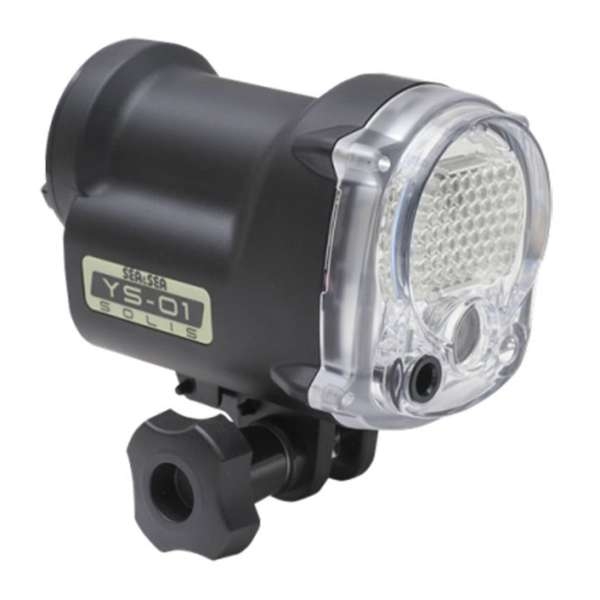 Sea & Sea YS-01 SOLIS Strobe head
Sea & Sea YS-01 SOLIS Strobe head
- Price A$ 739.00
-
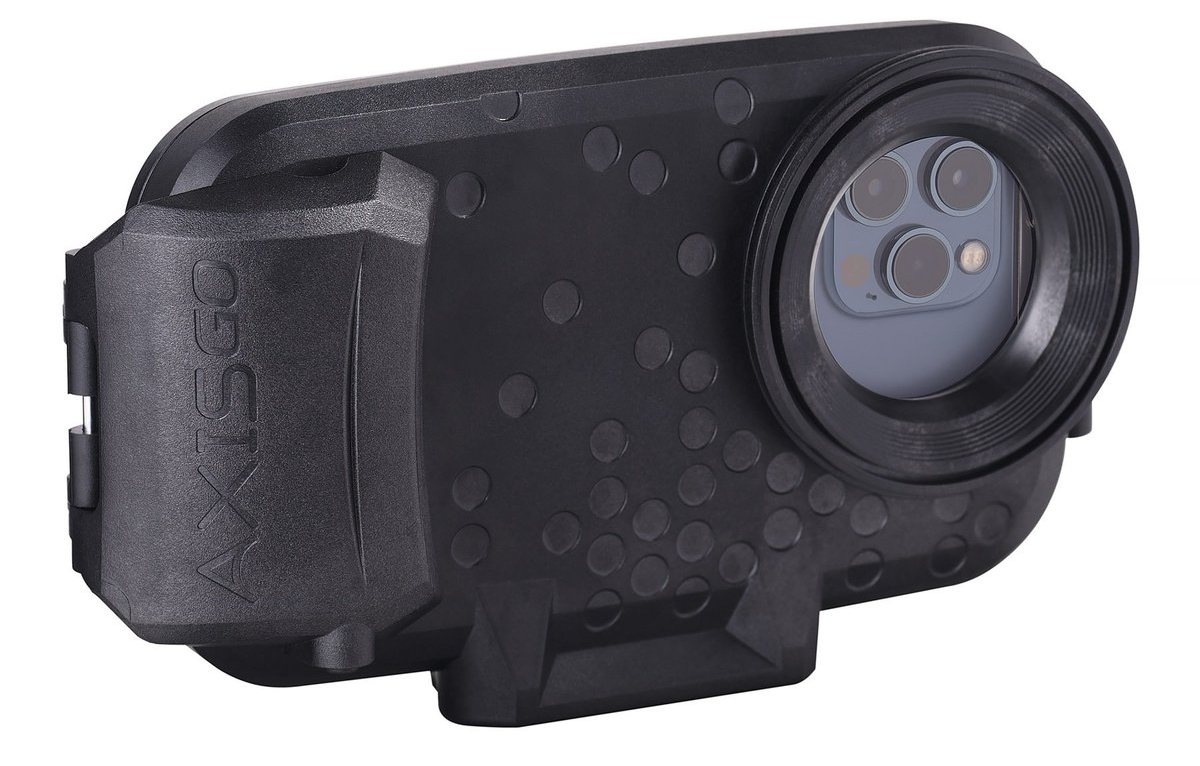 AxisGO Waterproof Case for iPhone 12 Pro
AxisGO Waterproof Case for iPhone 12 Pro
- Price A$ 169.00
-
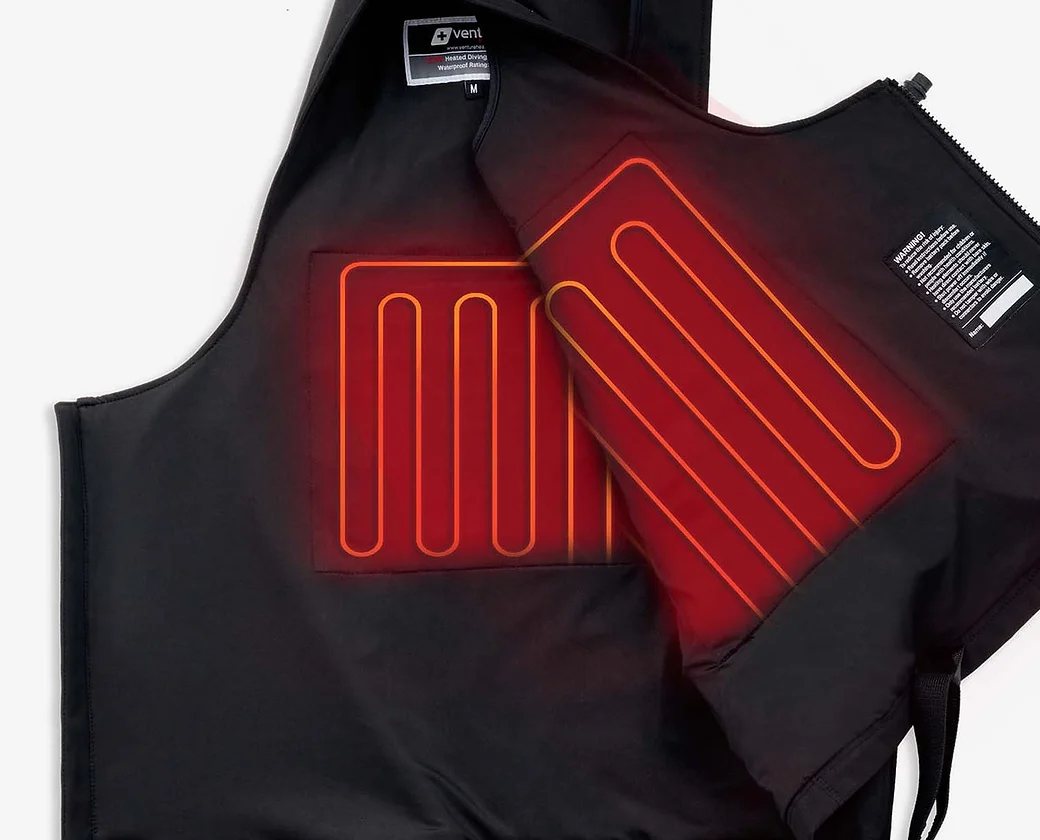 Venture Heat - Pro 32w Dive Vest Kit - V3
Venture Heat - Pro 32w Dive Vest Kit - V3
- Price A$ 1,249.00
-
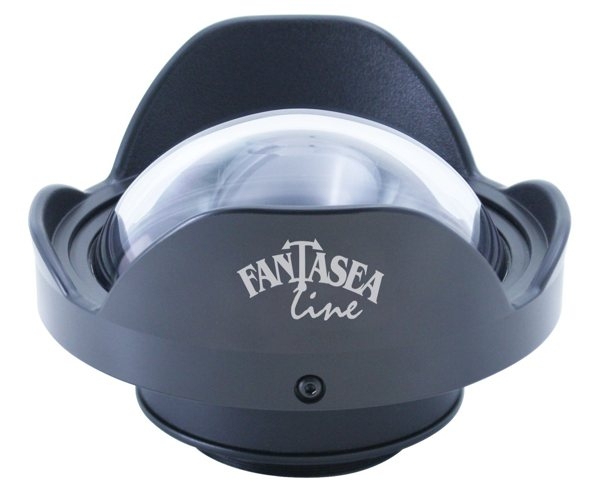 Fantasea UWL-400Q - Wide Angle Conversion Wet Lens 0.5x
Fantasea UWL-400Q - Wide Angle Conversion Wet Lens 0.5x
- Price A$ 599.00
-
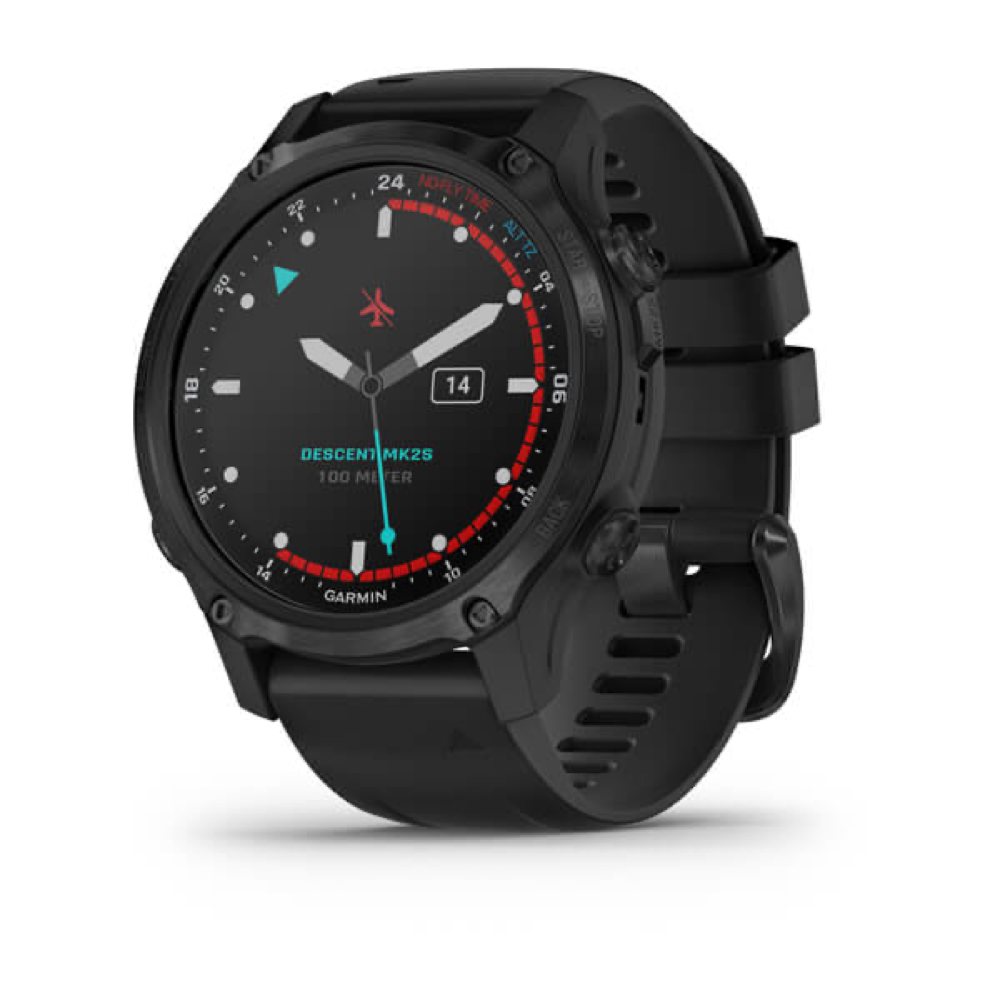 Garmin Descent Mk2S Watch Dive Computer
Garmin Descent Mk2S Watch Dive Computer
- Price A$ 1,399.00
-
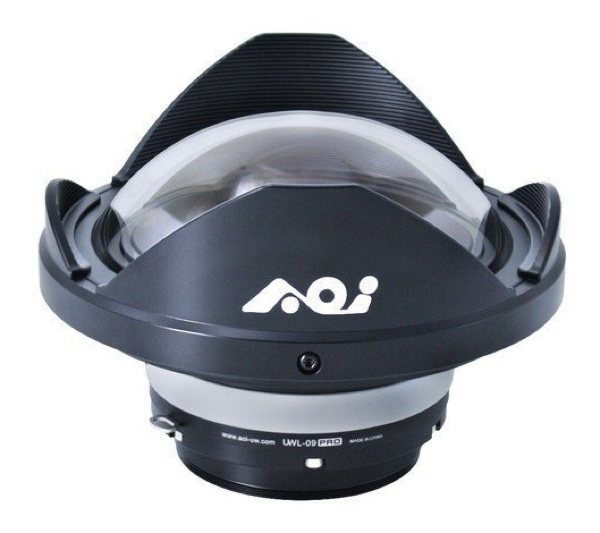 Fantasea AOI UWL-09 Pro - Super Wide Angle PRO Glass Wet Lens
Fantasea AOI UWL-09 Pro - Super Wide Angle PRO Glass Wet Lens
- Price A$ 1,649.00
-
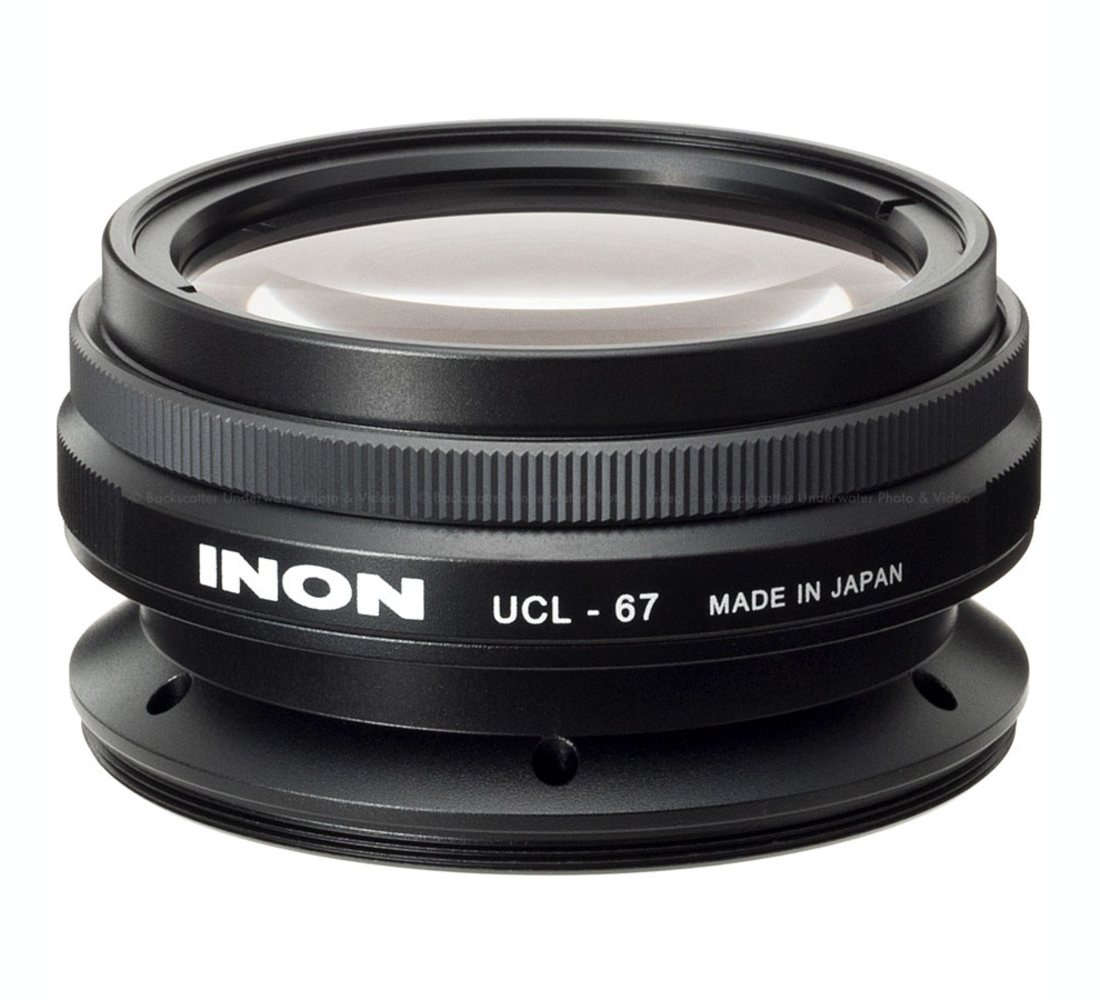 Inon UCL-67 M67 Underwater Close-up Macro Lens +15
Inon UCL-67 M67 Underwater Close-up Macro Lens +15
- Price A$ 549.00
In the Directory




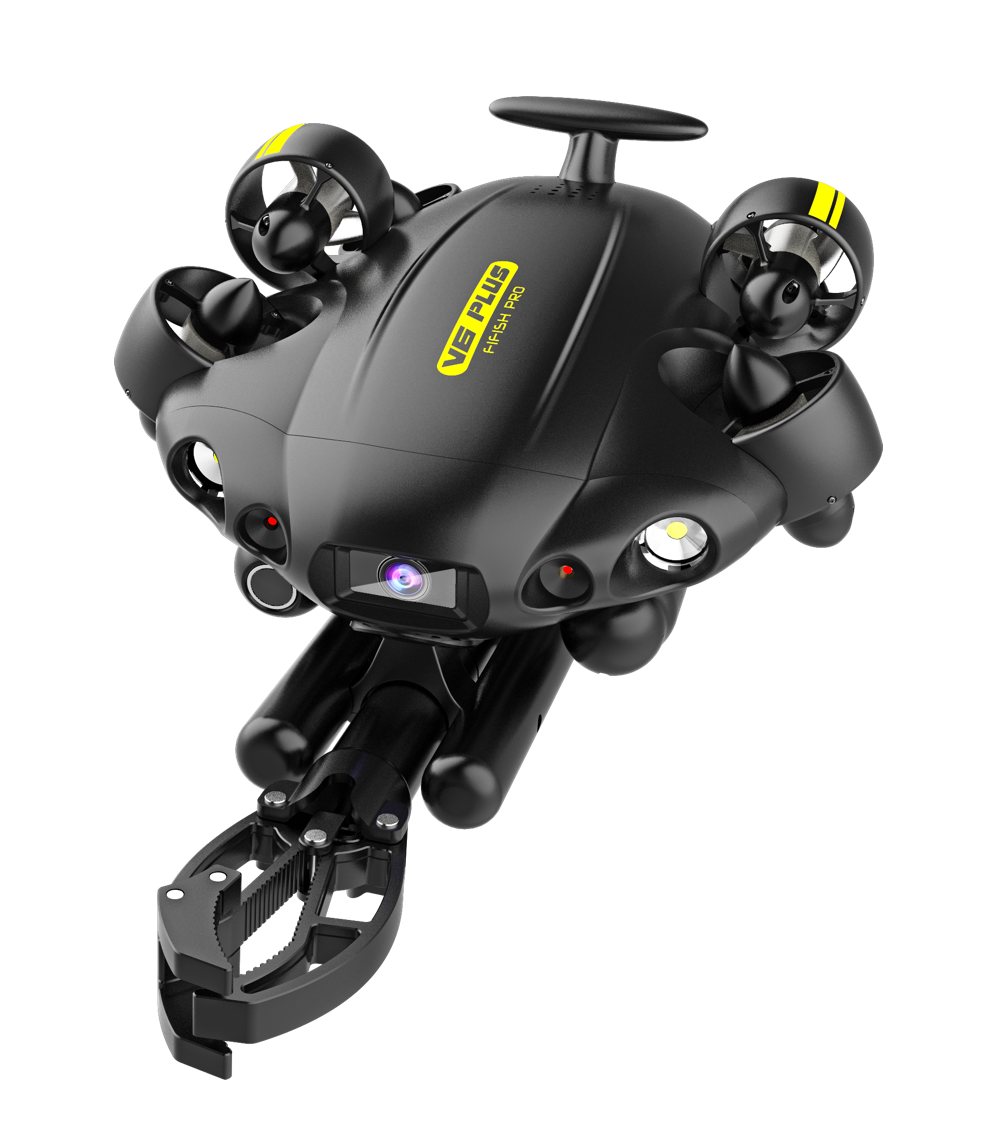
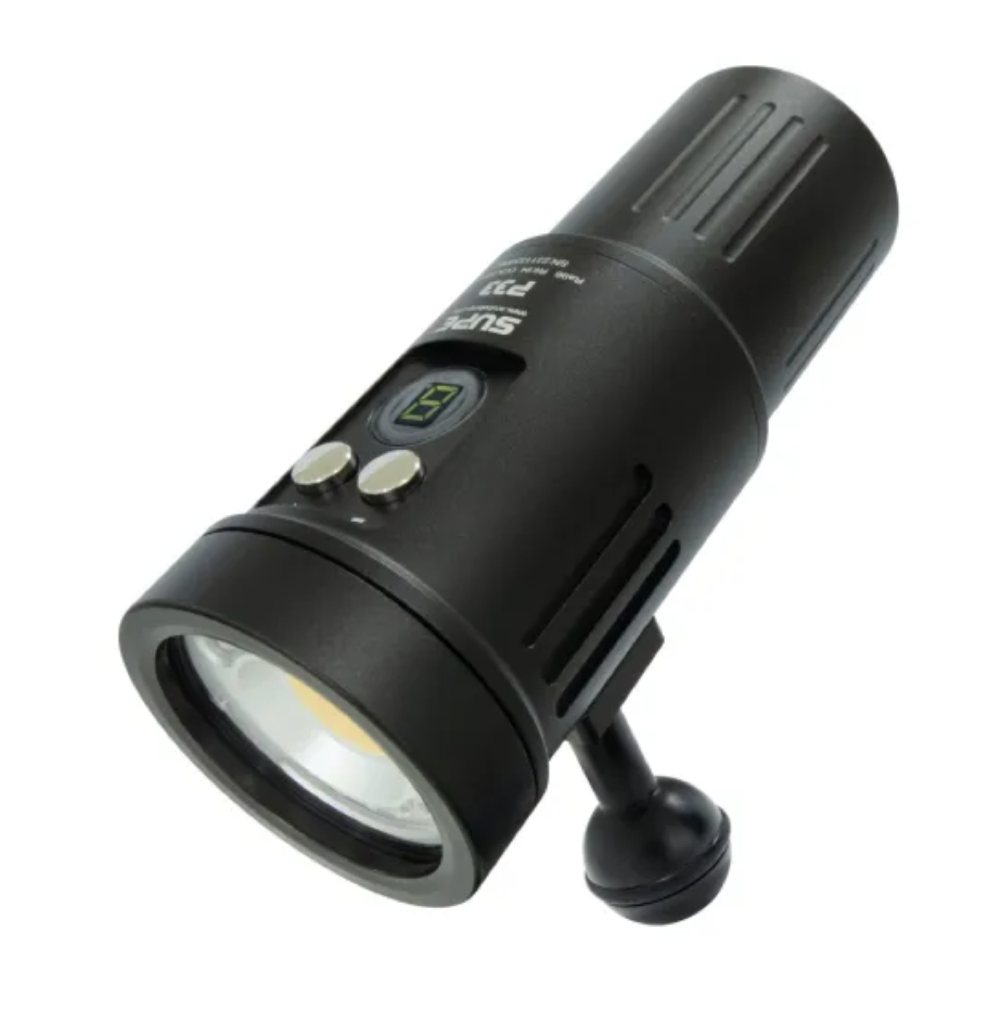
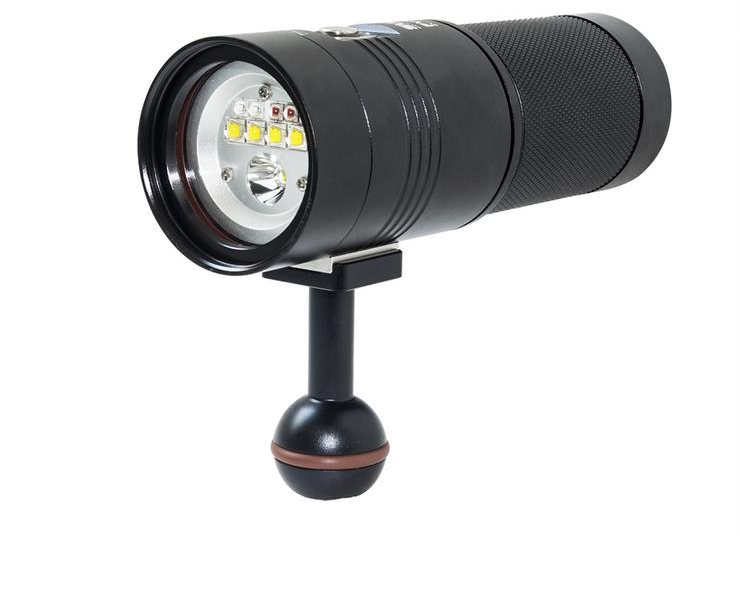
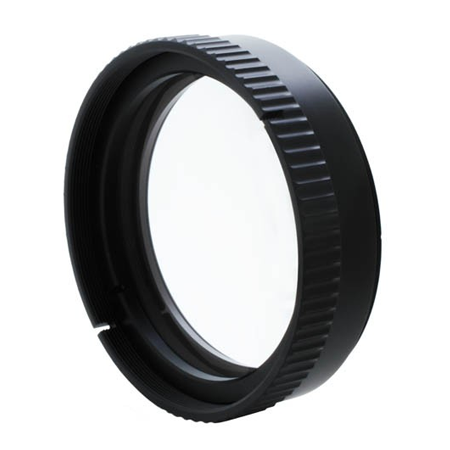
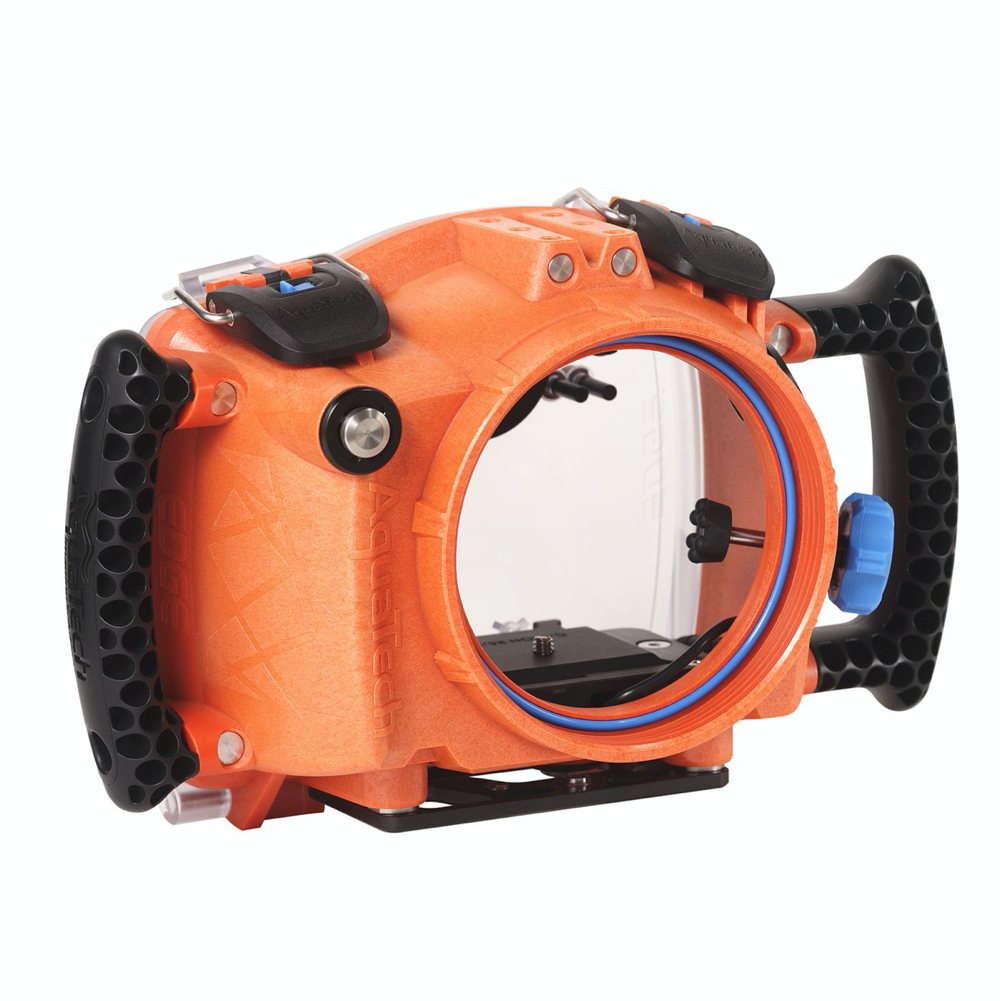
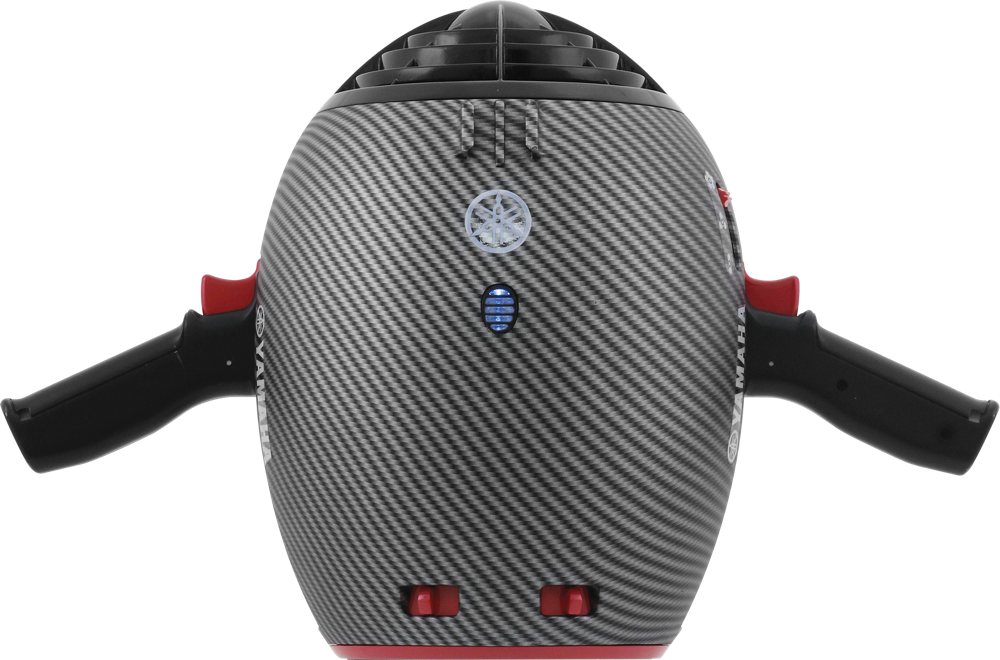




 AOI UH-UPL10R Underwater Housing for Olympus Pen E-PL9/E-PL10 - NEW VERSION
AOI UH-UPL10R Underwater Housing for Olympus Pen E-PL9/E-PL10 - NEW VERSION 




